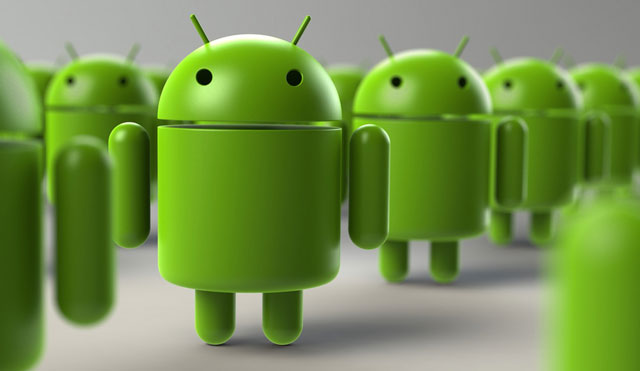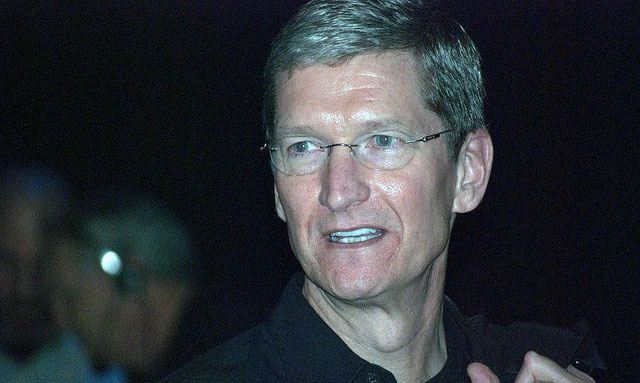
Has Google finally decided to take total control of its Android destiny with the release of its Android One operating system?
Aimed at “emerging markets”, such as India, Google will operate the smartphone device rather than handing over to hardware partners such as Samsung and HTC.
Historically, Google has taken a hands-off approach to Android, providing it “free” to manufacturers as an open source product.
These manufacturers have a reputation for adding on their own extra features such as the Samsung TouchWiz user interface.
The assumed goal was that a better mobile experience for consumers would funnel them towards Google’s other products such as its popular search.
In contrast, Android One will not allow that customisation, giving Google full control of the operating system users get. Perhaps the latest move represents a paradigm shift for the company.
The approach taken with the Android operating system has always been more open than that taken by rival Apple with its iOS operating system.
In fact, in general Android has always been considered more open than iOS, starting from the very beginning before the company was acquired by Google and the original Android operating system was released as open source to the community.
That version of the operating system still exists today and is used by companies such as Amazon on its Kindle Fire tablet. This creates what software developers call a “fork”, with the base Android operating system sitting underneath the customisations that Amazon makes.
But in recent times Google has begun to demonstrate a desire to take more control of its operating system. Starting with the Nexus phones and devices, which involved Google providing a reference design for both phone and operating system free of the extras added by the hardware manufacturers and the carriers.
This has continued with the announcement of Android One, with Google starting to become more involved in the entire process and trying to own the user experience.
Products such as Google Glass represent other forays into this vertical integration, an area traditionally embraced by their main competitor, Apple.
But Apple is starting to change its approach as well.
Apple has always been a product-focused company. Starting with the launch of the Macintosh in 1984 and continuing with the iPhone and other iOS devices, Apple has always strived to control the whole experience of hardware, software and services.
Earlier this month, in a television interview with Charlie Rose, Apple CEO Tim Cook said that Apple values vertical integration and wants to control their primary product.
But looking at Apple, industry insiders can begin to see a shift in the way that the company operates. The most recent hardware and software announced by Apple (announced one week before the first Android One smartphones) provides a lot more control for developers and users than they’ve ever had before.
Features such as extensions allow apps to communicate with each other and users to share data among apps through the share pane. Developers can add features to place small apps called widgets in the notification centre or to enable actionable notifications, allowing you to (for instance) respond directly to a Facebook message from within the notification.

And, in an unprecedented move, users can replace the Apple provided keyboard with a third-party alternative. While all of these sound like small changes, they represent Apple relinquishing control of some parts of their iOS experience back to developers, a major departure from when Steve Jobs launched the iPhone in 2007.
In his interview with Rose, Cook was also asked which companies Apple competed with and, without hesitation, he nominated Google as the main competitor, even going so far as to downplay Samsung as a competitor as the Android operating system was created by Google.
This is especially interesting given that Apple has slowly moved Google out of its phones, (in)famously replacing Google Maps with Apple Maps a couple of years ago as well as slowly enhancing the voice recognising personal assistant, Siri, to perform many of the functions that Google performs with search.
Even though the Apple Maps launch was riddled with problems (with users claiming the experience was sub par compared to the Google offering and prompting Cook to issue an apology), Apple is clearly looking to shed itself of Google and own more of this part of the experience too.
So, over the course of September, both Google and Apple have shown a new side to themselves. Both are pushing into new markets, with Android One specifically targeted at the China/India market.
Many analysts suggest that the iPhone 6 Plus is an Apple foray into the desire for “bigger phones” in the same market.
To conquer this market and maintain a foothold on the market in existing developed countries, it would appear both companies are making some changes — with Google taking control of its destiny while Apple becomes more open.
Both are baby steps for now, but perhaps this is the beginning of a new battle, for the market (and minds) of more and more consumers.![]()
- This article was originally published on The Conversation
- Michael Cowling is senior lecturer and discipline leader, mobile computing and applications at the Central Queensland University in Australia




